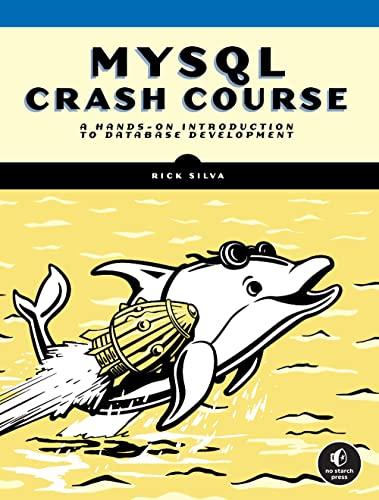Answered step by step
Verified Expert Solution
Question
1 Approved Answer
On page 70 the author shows an example that illustrates using print() versus return. Use that example to explain in your own words, what NoneType
 On page 70 the author shows an example that illustrates using print() versus return. Use that example to explain in your own words, what NoneType means and why it appears in the error for that function.
On page 70 the author shows an example that illustrates using print() versus return. Use that example to explain in your own words, what NoneType means and why it appears in the error for that function.
Step by Step Solution
There are 3 Steps involved in it
Step: 1

Get Instant Access to Expert-Tailored Solutions
See step-by-step solutions with expert insights and AI powered tools for academic success
Step: 2

Step: 3

Ace Your Homework with AI
Get the answers you need in no time with our AI-driven, step-by-step assistance
Get Started


